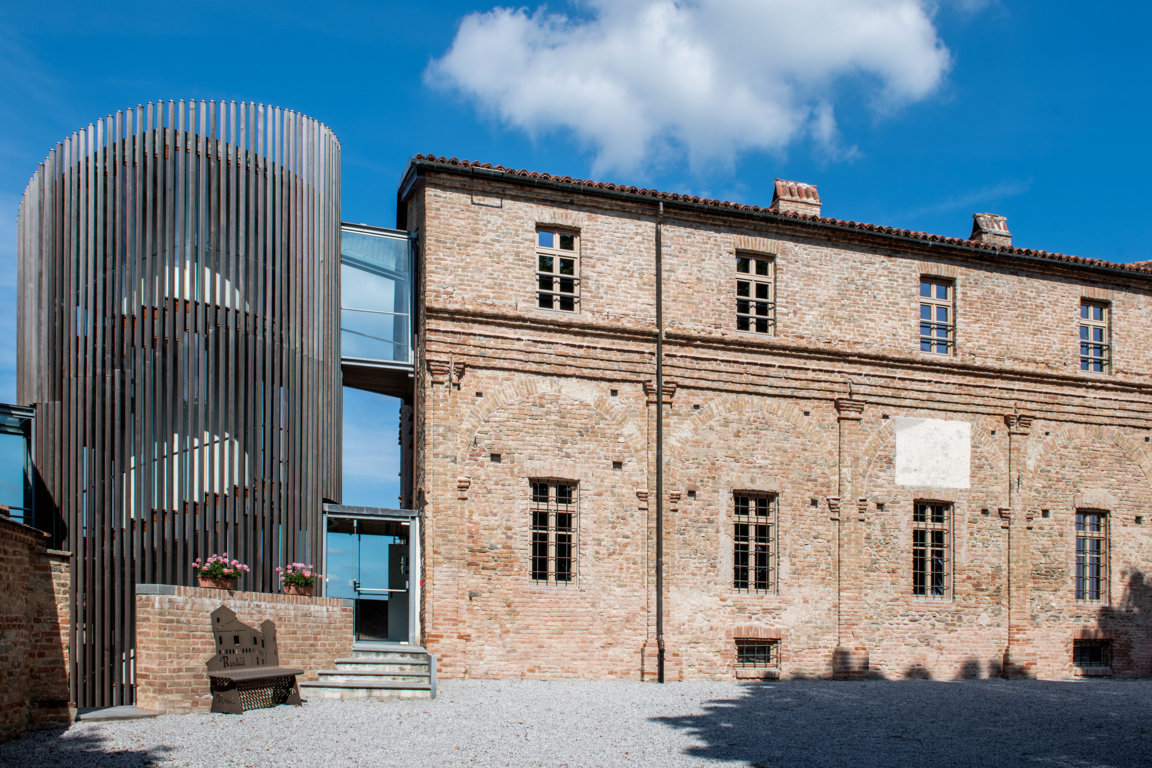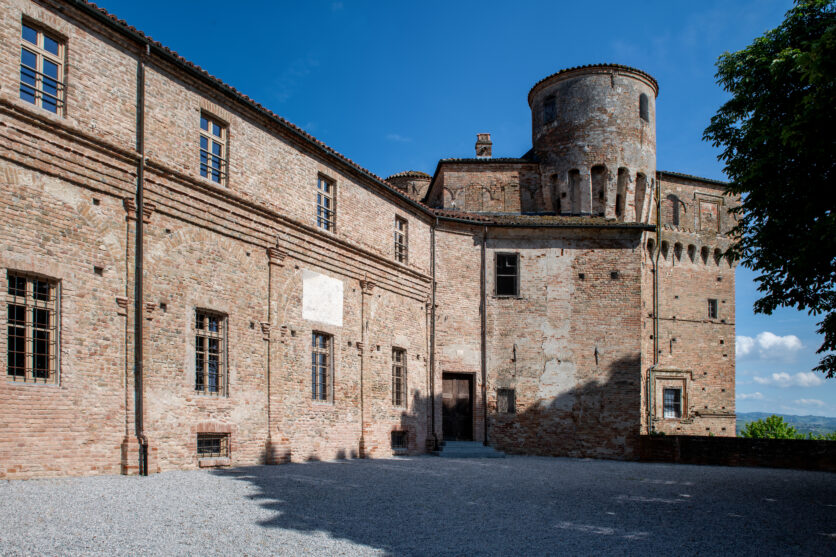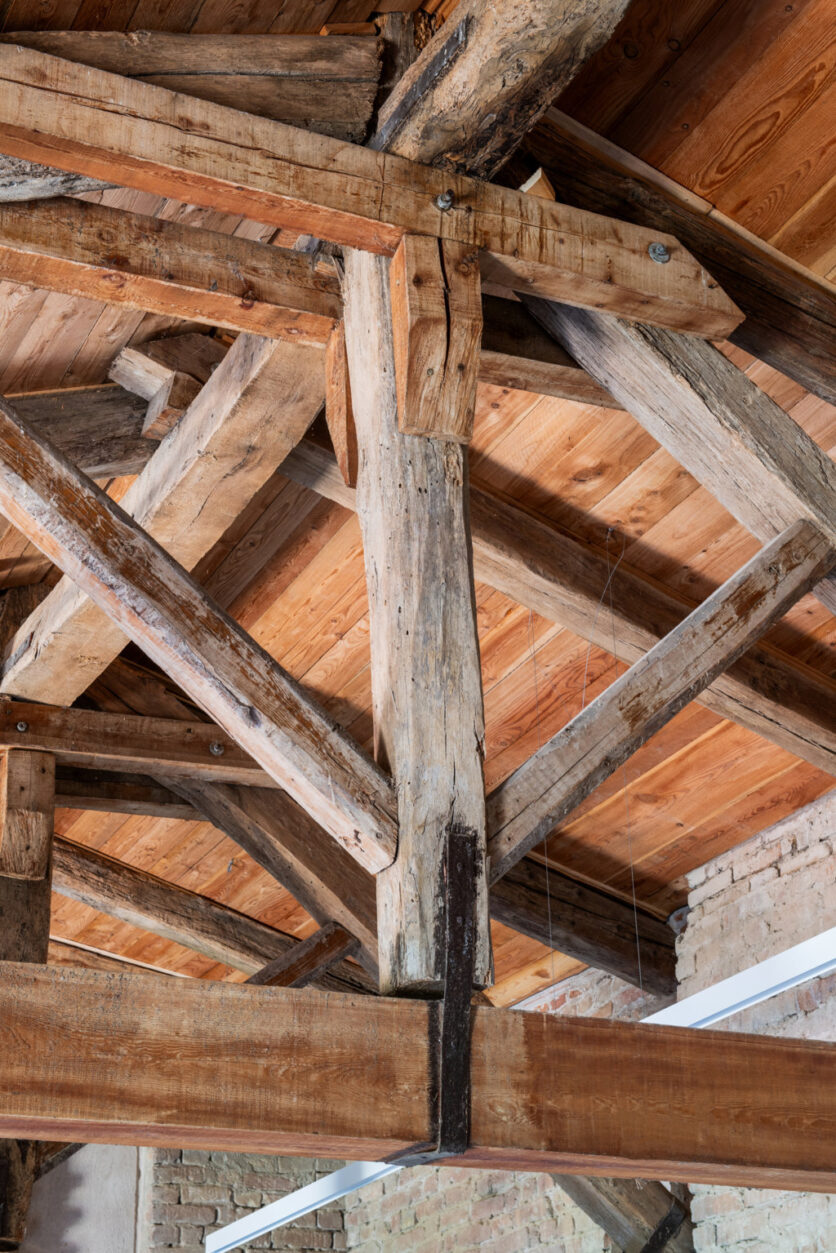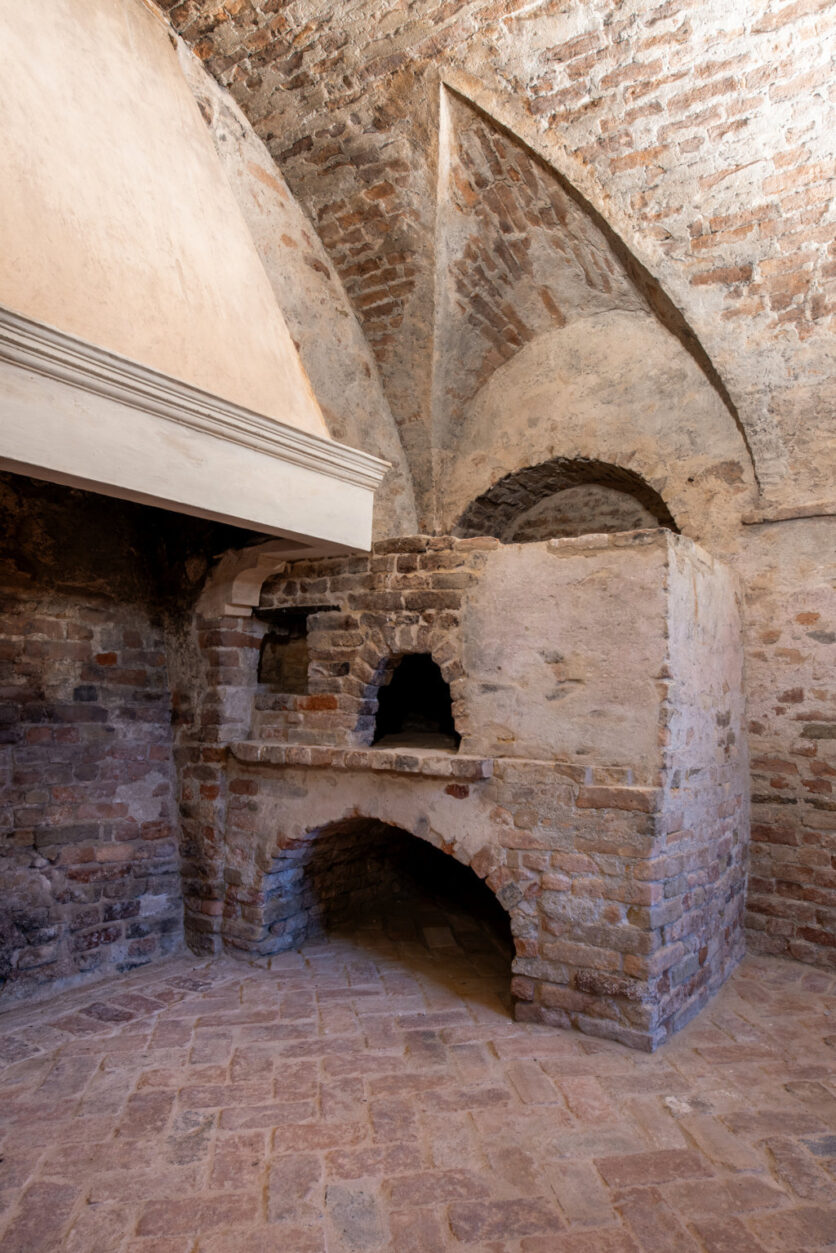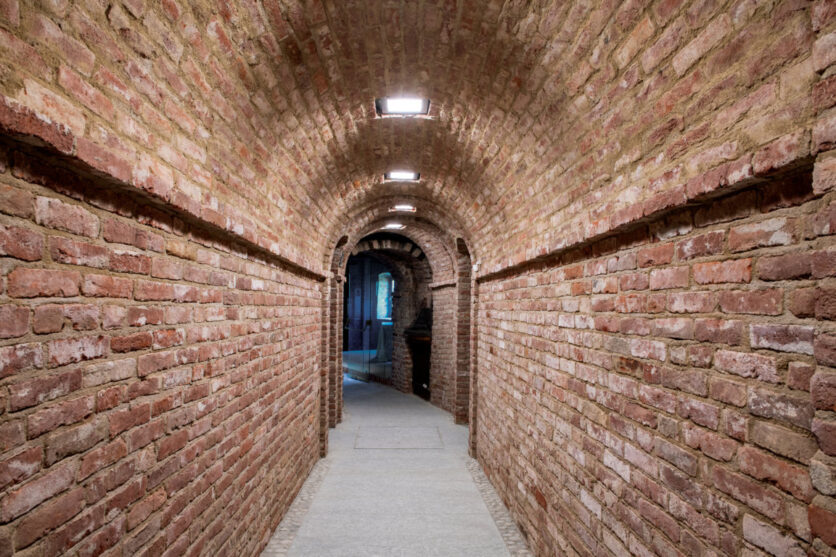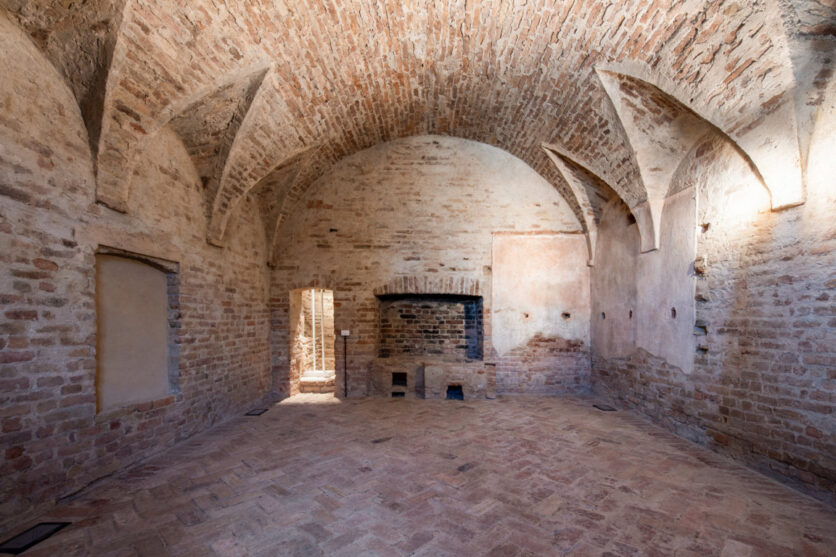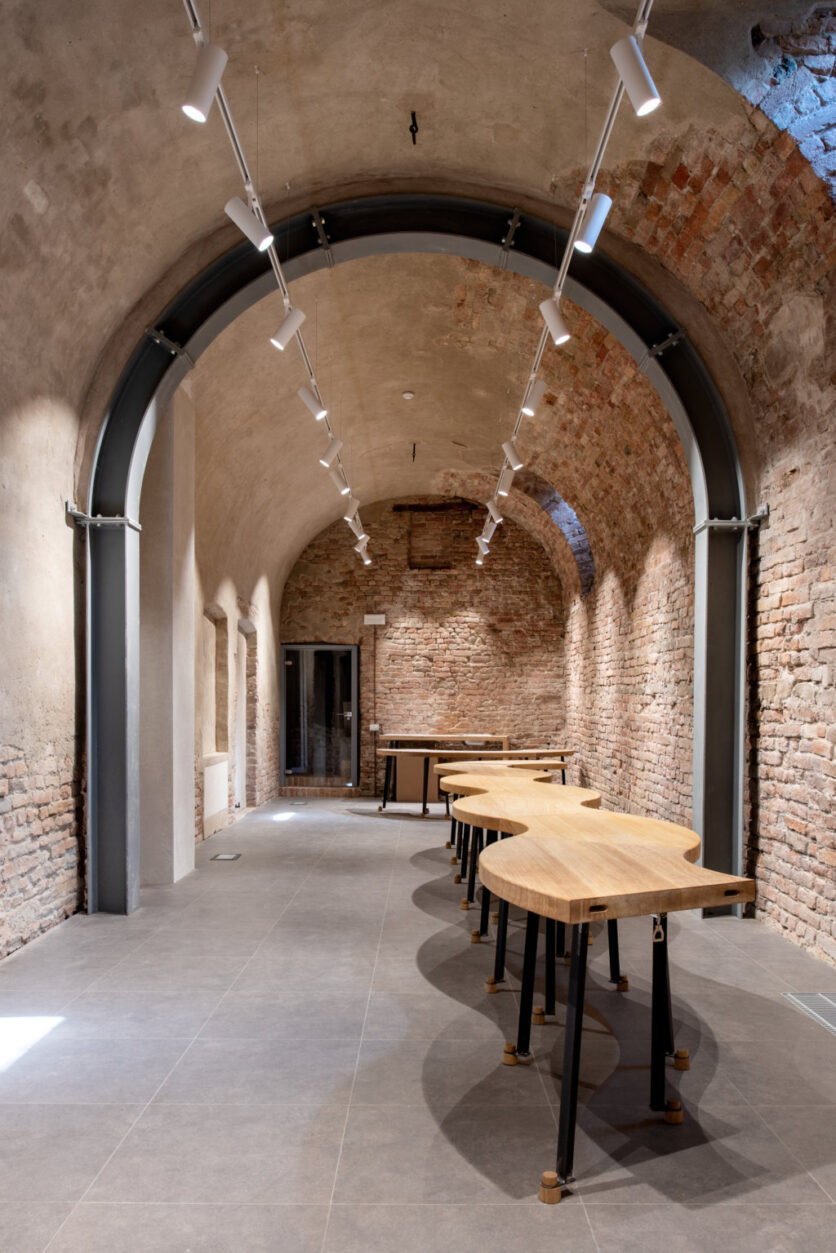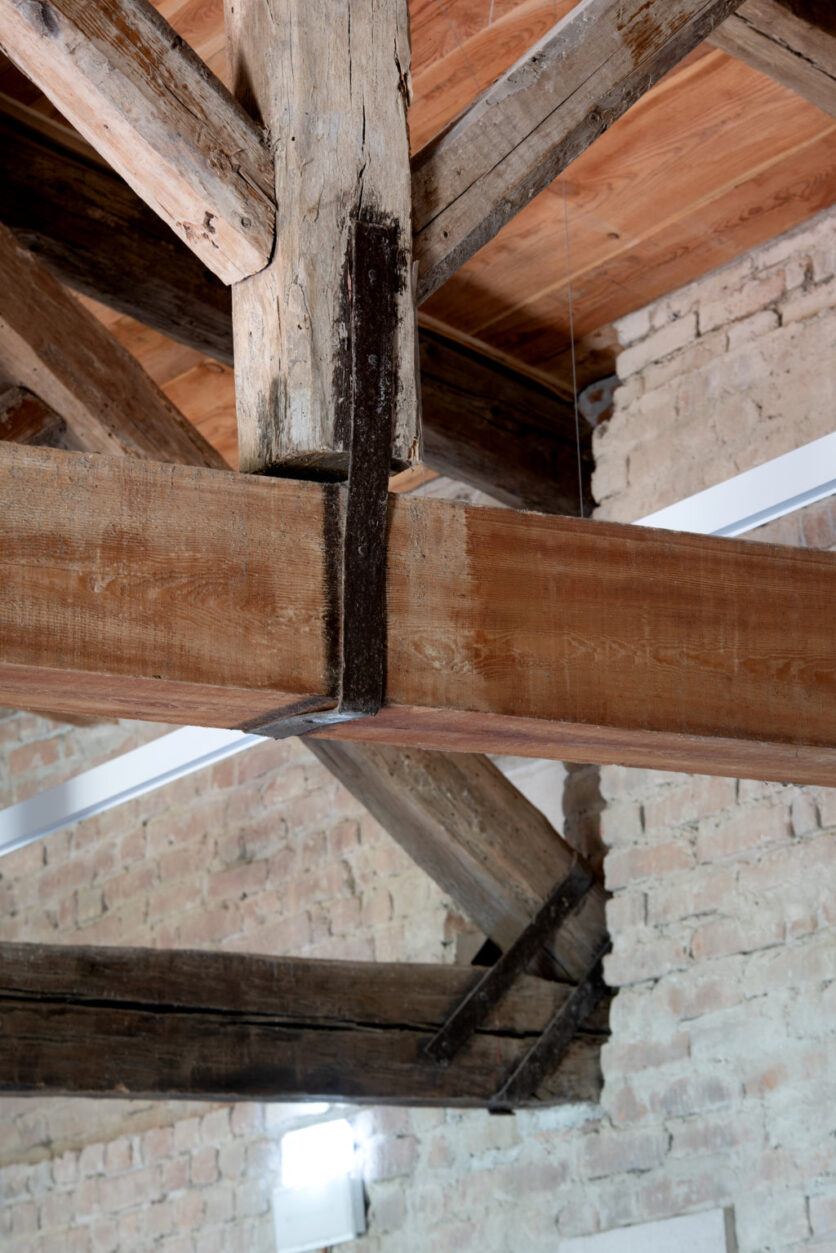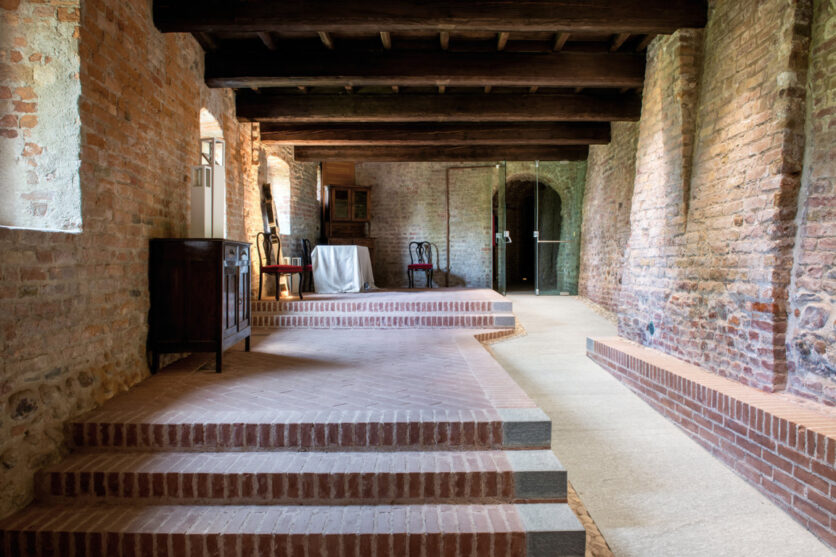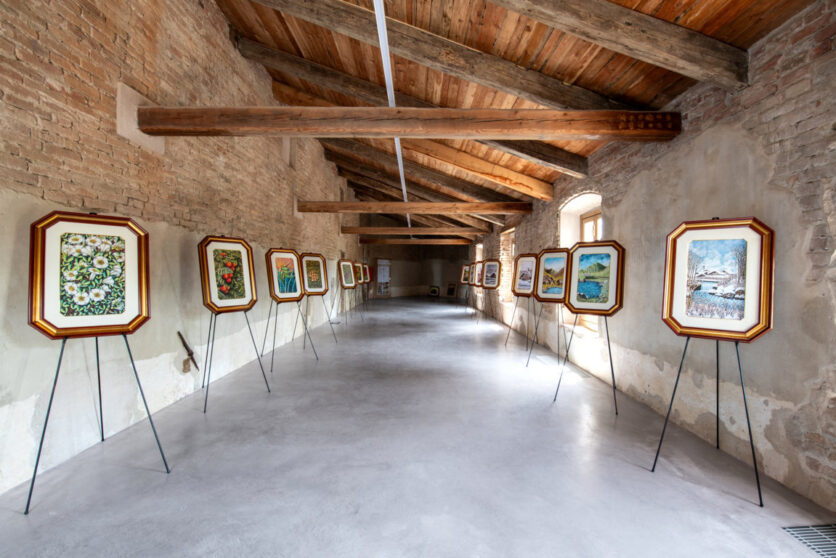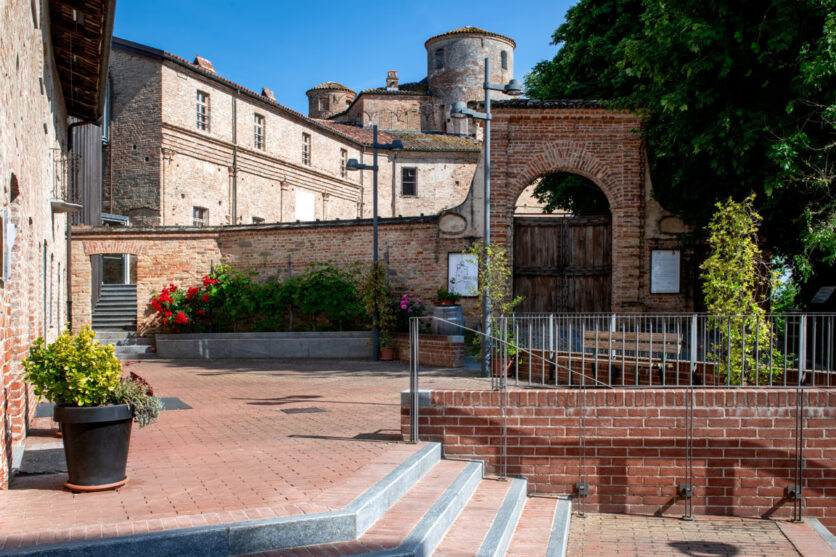In the Langhe, amidst the gentle hills covered with vines and paths shrouded in morning mist, stands the Castle of Roddi, a thousand-year-old building that has now found new life. The scent of the white truffle of Alba and the silence of the rows of vines frame a place that is not only a historical testimony, but also a living cultural centre open to the community.
Thanks to an accurate and respectful restoration, this jewel of the Langhe has come back to life, becoming a living and accessible cultural centre. The project, promoted by the Municipality of Roddi in the province of Cuneo, involved Barberis SPA Società Benefit, a company specialised in complex restoration work and interventions to enhance the historical heritage.
The intervention, developed in lots, involved various portions of the castle, dating back to the 11th century and owned over the centuries by noble families such as the Falletti, Mirandola and Della Chiesa families. The structure still preserves precious original architectural elements: circular towers, vaulted rooms, wooden coffered ceilings and the evocative 16th-century kitchens.
Restoration was not limited to conservation: the objective was to give new function and meaning to the spaces, making them usable without altering their identity. From structural consolidation works to earthquake-proof adaptations, from the recovery of historical masonry and flooring to the careful insertion of new systems and paths, each intervention was designed to integrate discreetly and coherently.
Fundamental has been the continuous dialogue between the company, designers, the Superintendency and conservation bodies, in a process guided by the awareness that restoring means reading the traces of time and intervening with measure. With this in mind, the issue of accessibility was also tackled with great care: a new stairwell, designed to harmonise with the existing building, now allows all levels of the castle to be connected, truly opening it up to everyone.
Today Roddi Castle is a space that combines culture, memory and innovation. Inside there is a didactic kitchen, where local knowledge and flavours are passed on; an exhibition space dedicated to Giacomo Morra, a key figure in the history of the white truffle of Alba; rooms for events, exhibitions and tours that guide the public to discover the past.
The castle thus continues its history, transforming itself into a living place, capable of welcoming and narrating. A virtuous example of heritage regeneration, where time does not stand still but is renewed, respecting its roots.
Ph. Alice Centolanza


